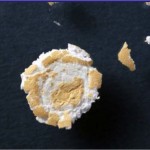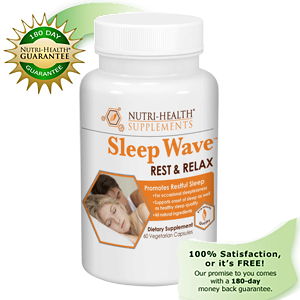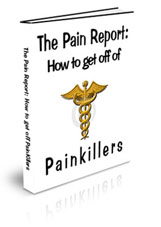Addicted to Painkillers from Back Pain, Herniated Disks and More
Painkiller addiction caused from back pain, herniated disks and Sciatica.
People are always commenting on the blog posts about getting off the painkillers, but what do they do about their back issues they have, that caused the painkiller addiction in the first place?
This is what I did and still do today…
I became addicted to painkillers primarily because of a back pain from an injury I had a few years back. The pain was intense and I tried to deal without taking anything for the pain. After several years of trying to tough it out with the back pain I decided I would try some pain medication. It worked great for a little while, gave me back my mobility and life for a short period of time, but it only covered up the symptoms and didn’t fix the problem.
I had tried physical therapy to no avail, swimming which worked great temporarily and chiropractic. None of them had any long lasting effect on me and I eventually started taking more and more of the painkiller I was prescribed until I was hopelessly addicted. Eventually I couldn’t do it any longer. The lies, the working my doctors to get more, the going to street dealers for whatever I could get. I finally decided to get help and stop.
One thing had to be dealt with so I wouldn’t go back, and that was the back pain. I had heard on the radio, and see on the web this site called The Healthy Back Institute. I got their free book, which explained a lot but really didn’t give me anything to work with except to buy their program. I was skeptical at first but I kept reading their site and the blog and the more I read the more I learned. I learned that digestive enzymes help with inflammation, and so I went to my local Trader Joes and bought some digestive enzymes for like $3. I ate about 6 of them and my back pain started to go away in about 10-15 minutes after that.
Great so I get some temporary relief from digestive enzymes but I needed lasting relief. I decided to buy their program Lose the Back Pain System which was only $79 for the downloadable version. That was THE BEST INVESTMENT I’ve made for my back EVER! Within 30 minutes of getting their program and watching the videos, I was doing a set of stretches that gave me almost instant relief from the pain that had been plaguing me for years.
I had some questions and they asked me to send them some pictures of my body, standing in front, side and back views. I was then sent a specific set of stretches custom for me, and I have been virtually pain free ever since! These guys are GOOD. I mean real good! They are personable, helpful and will even talk to you on the phone.
I know that sometimes I start to slack and I can feel the problems starting to come back, so I do my stretching routine which takes maybe 15 minutes a day. Almost all back problems can be cured with some form of stretching. These guys have pinpointed and targeted ever know form of back pain to give everyone relief. Low back pain, upper back pain, neck pain, sciatica and herniated disks, they can help with it all. If you’re coming off painkillers and wondering what to do about your back pain that caused all this trouble, check these guys out, I am serious, they can help you.
There’s a free trial AND a 100% money back guarantee, you’ve got nothing to lose. Nothing!
Check out The Healthy Back Institute Today!
PS. my back issues were from a tilted hip issue. I used to be very active and then took a desk job. Sitting at a desk all day caused my muscles to tighten in certain areas and that caused my hips to be tilted forward. Once I started the stretches they gave me I was pain free. I’m still doing the stretches and I’m still pain free after 2+ years.














